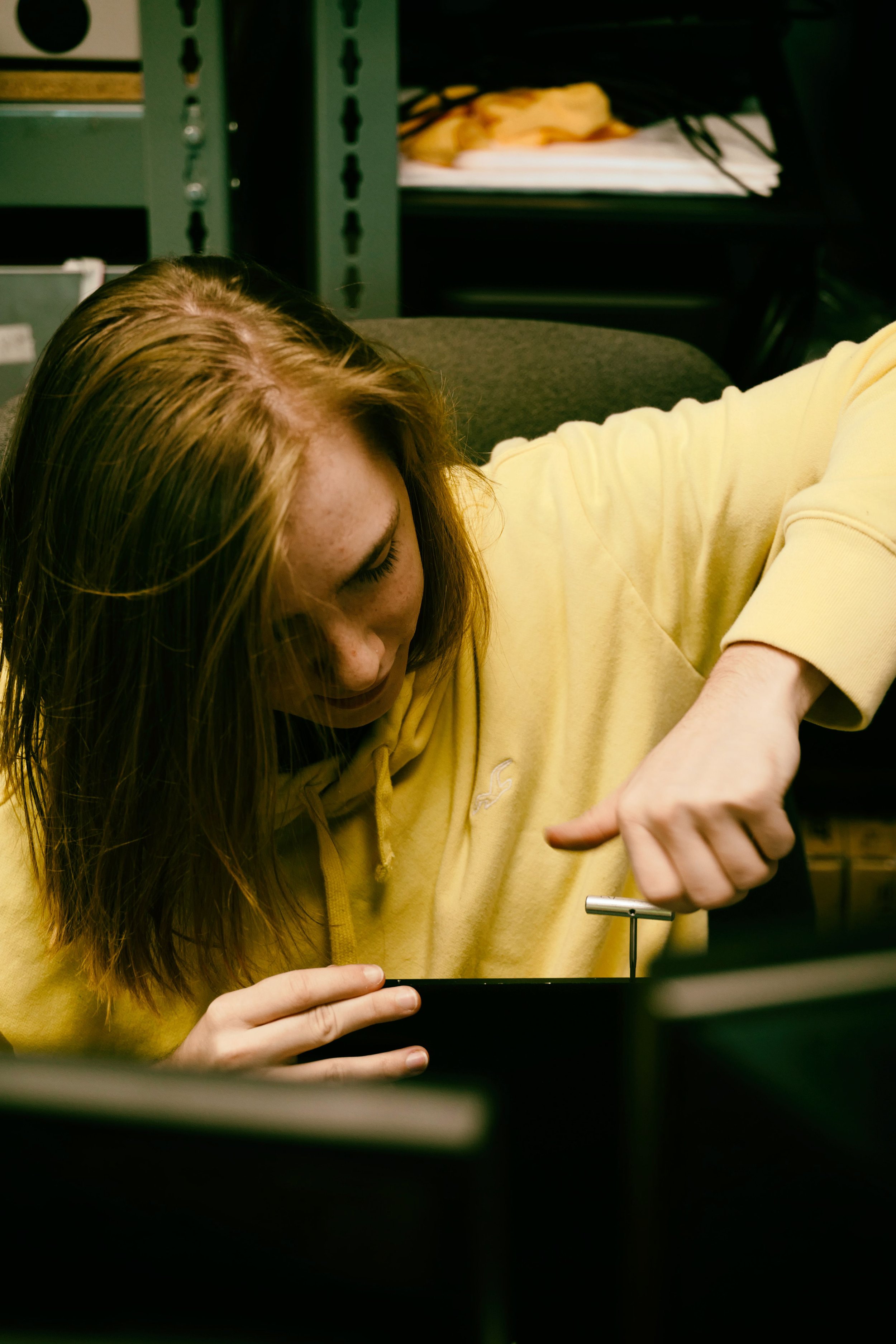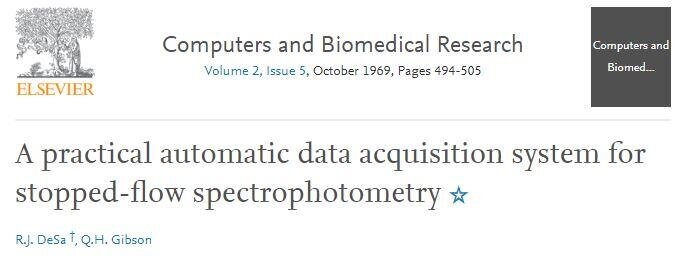The 10-Minute Rule for Circular Dichroism

Branch of spectroscopy Table-top spectrophotometer Beckman IR-1 Spectrophotometer, ca. 1941 Beckman Design DB Spectrophotometer (a double beam design), 1960 Hand-held spectrophotometer utilized in graphic industry Spectrophotometry is a branch of electro-magnetic spectroscopy worried with the quantitative measurement of the reflection or transmission homes of a product as a function of wavelength.
Although spectrophotometry is most commonly applied to ultraviolet, visible, and infrared radiation, modern-day spectrophotometers can question broad swaths of the electro-magnetic spectrum, consisting of x-ray, ultraviolet, noticeable, infrared, and/or microwave wavelengths. Spectrophotometry is a tool that depends upon the quantitative analysis of molecules depending on just how much light is soaked up by colored compounds.
Circularly Polarized Luminescence for Beginners
A spectrophotometer is typically utilized for the measurement of transmittance or reflectance of options, transparent or nontransparent solids, such as polished glass, or gases. Many biochemicals are colored, as in, they absorb noticeable light and for that reason can be determined by colorimetric treatments, even colorless biochemicals can frequently be converted to colored compounds appropriate for chromogenic color-forming reactions to yield substances appropriate for colorimetric analysis.: 65 Nevertheless, they can likewise be developed to measure the diffusivity on any of the listed light varieties that generally cover around 2002500 nm using different controls and calibrations.
An example of an experiment in which spectrophotometry is utilized is the decision of the equilibrium constant of a solution. A certain chemical response within a service may take place in a forward and reverse instructions, where reactants form products and items break down into reactants. Eventually, this chemical reaction will reach a point of balance called an equilibrium point.
10 Simple Techniques For Uv/vis
The amount of light that travels through the option is a sign of the concentration of specific chemicals that do not enable light to go through. The absorption of light is due to the interaction of light with the electronic and vibrational modes of particles. Each type of particle has a private set of energy levels connected with the makeup of its chemical bonds and nuclei and thus will soak up light of specific wavelengths, or energies, leading to special spectral residential or commercial properties.
They are extensively used in lots of industries consisting of semiconductors, laser and optical manufacturing, printing and forensic assessment, as well as in laboratories for the research study of chemical substances. Spectrophotometry is typically used in measurements of enzyme activities, decisions of protein concentrations, decisions of enzymatic kinetic constants, and measurements of ligand binding reactions.: 65 Ultimately, a spectrophotometer is able to figure out, depending on the control or calibration, what substances are present in a target and exactly how much through estimations of observed wavelengths.
Created by Arnold O. Beckman in 1940 [], the spectrophotometer was developed with the aid of his coworkers at his company National Technical Laboratories founded in 1935 which would become Beckman Instrument Company and ultimately Beckman Coulter. This would come as an option to the formerly produced spectrophotometers which were not able to absorb the ultraviolet properly.
What Does Uv/vis Mean?
It would be found that this did not provide satisfactory outcomes, for that reason in Design B, there was a shift from a glass to a quartz prism which enabled much better absorbance outcomes - spectrophotometers (https://www.callupcontact.com/b/businessprofile/Olis_Clarity/8903776). From there, Model C was born with a modification to the wavelength resolution which wound up having 3 units of it produced
It irradiates the sample with polychromatic light which the sample soaks up depending upon its residential or commercial properties. Then it is transferred back by grating the photodiode range which discovers the wavelength region of the spectrum. Given that then, the creation and application of spectrophotometry devices has increased tremendously and has ended up being one of the most ingenious instruments of our time.
Our Circular Dichroism Statements
Historically, spectrophotometers utilize a monochromator including a diffraction grating to produce the analytical spectrum. The grating can either be movable or fixed. If a single detector, such as a photomultiplier tube or photodiode is used, the grating can be scanned stepwise (scanning spectrophotometer) so that the detector can measure the light strength at each wavelength (which will represent each "action").
In such systems, the grating is repaired and the strength of each wavelength of light is determined by a different detector in the variety. When making transmission measurements, the spectrophotometer quantitatively compares the portion of light that passes through a referral solution and a test service, then electronically compares the strengths of the 2 signals and calculates the percentage of transmission of the sample compared to the recommendation requirement.

Comments on “Spectrophotometers Can Be Fun For Everyone”